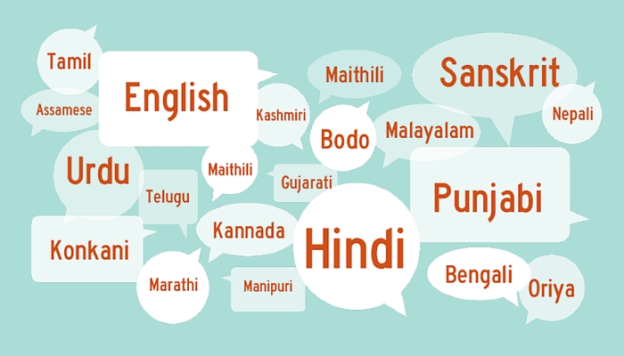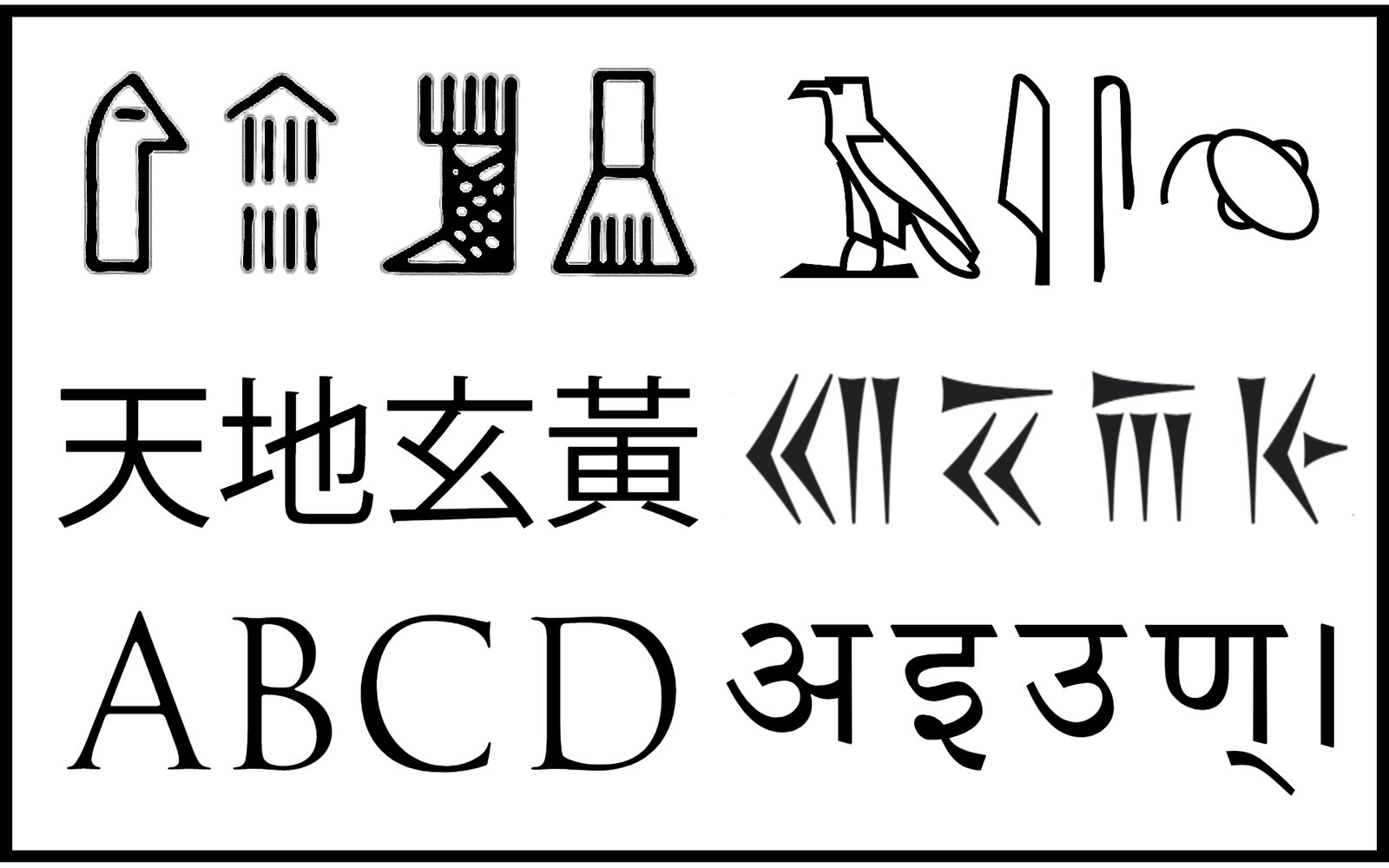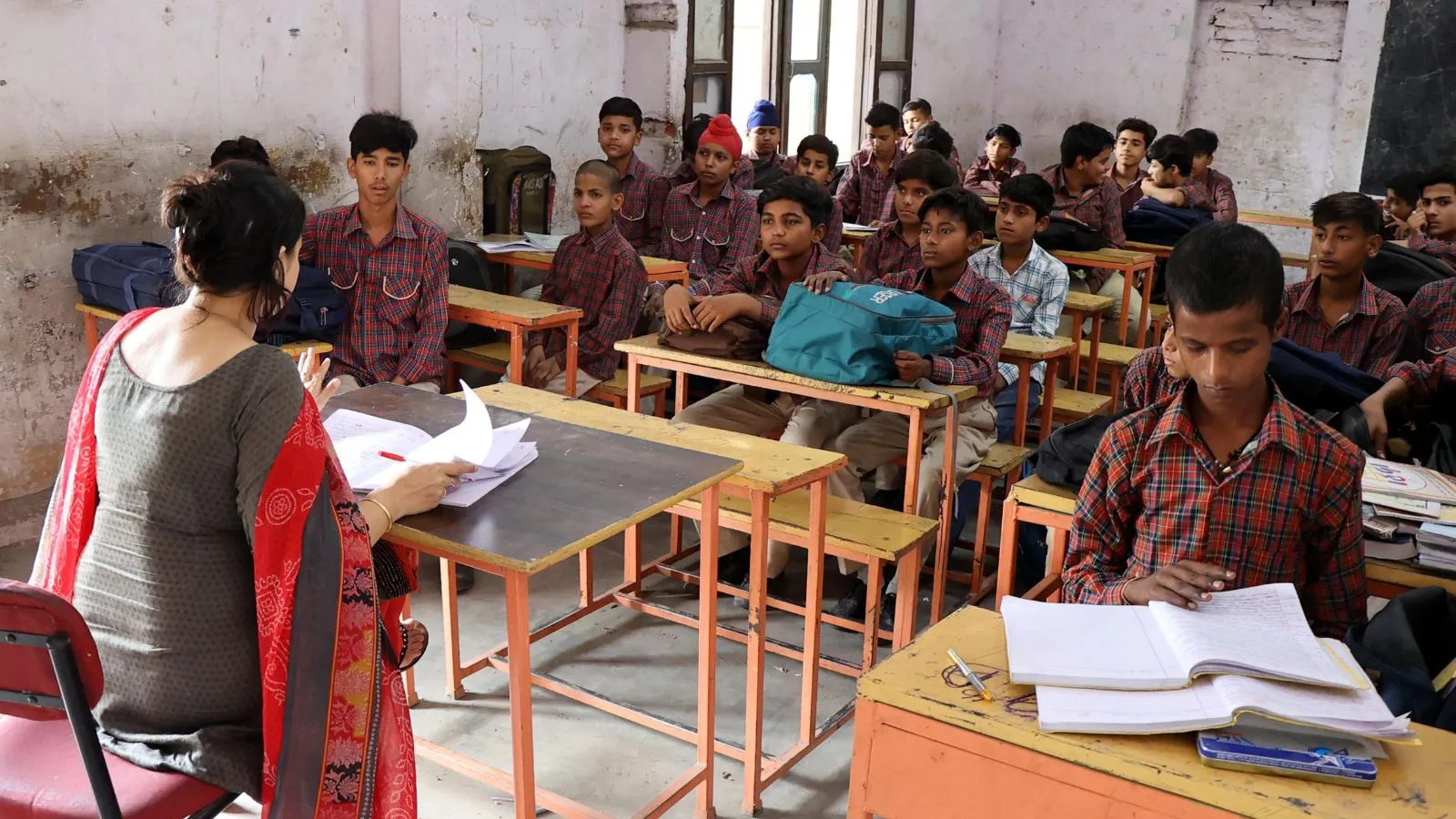Language Preservation Efforts in India
India, with its unparalleled linguistic diversity, is home to over 1,600 languages, many of which are at risk of extinction. Preserving this linguistic heritage is crucial for maintaining cultural diversity and identity. Various efforts, from governmental policies to grassroots initiatives, are in place to safeguard these endangered languages. The Significance of Language Preservation 1.1. Cultural … Read more










